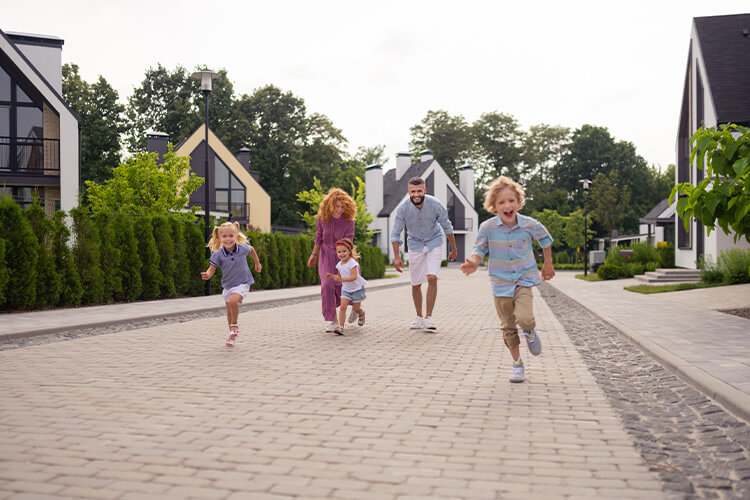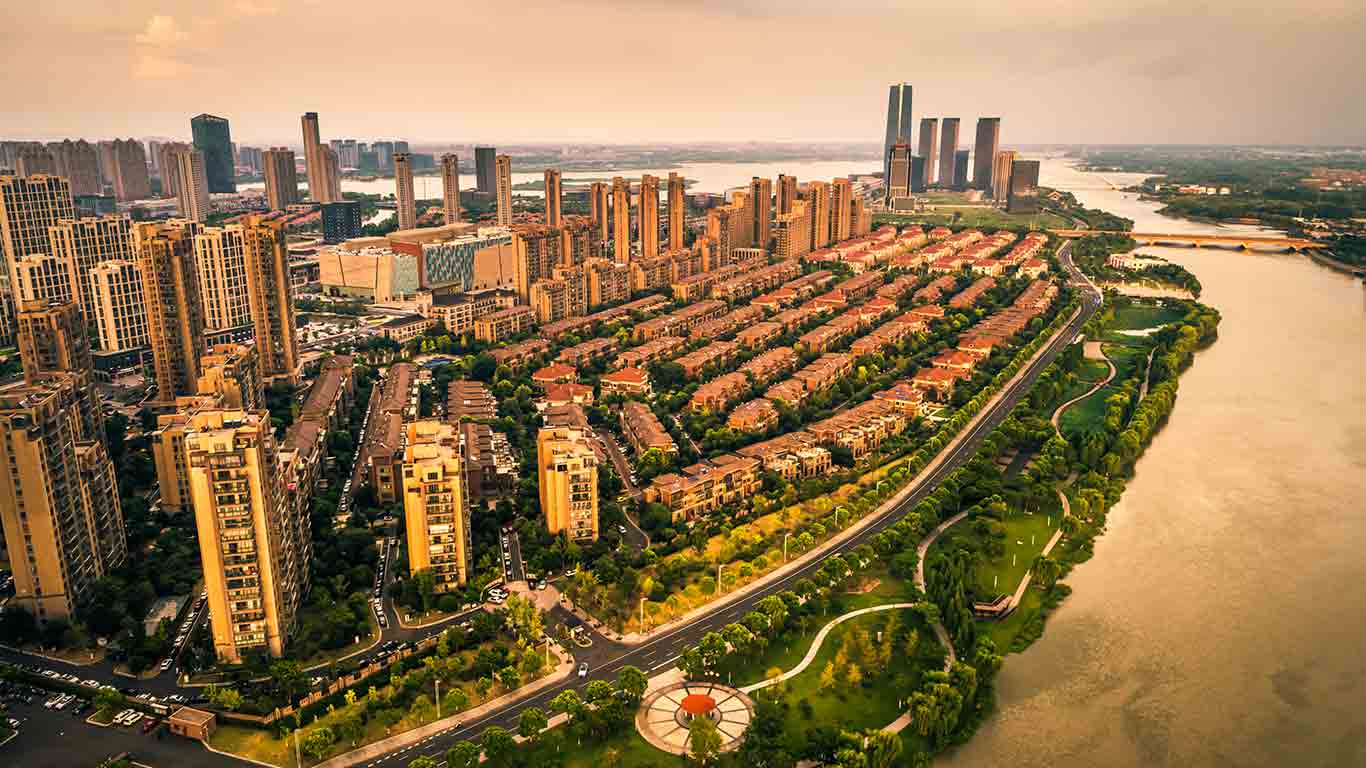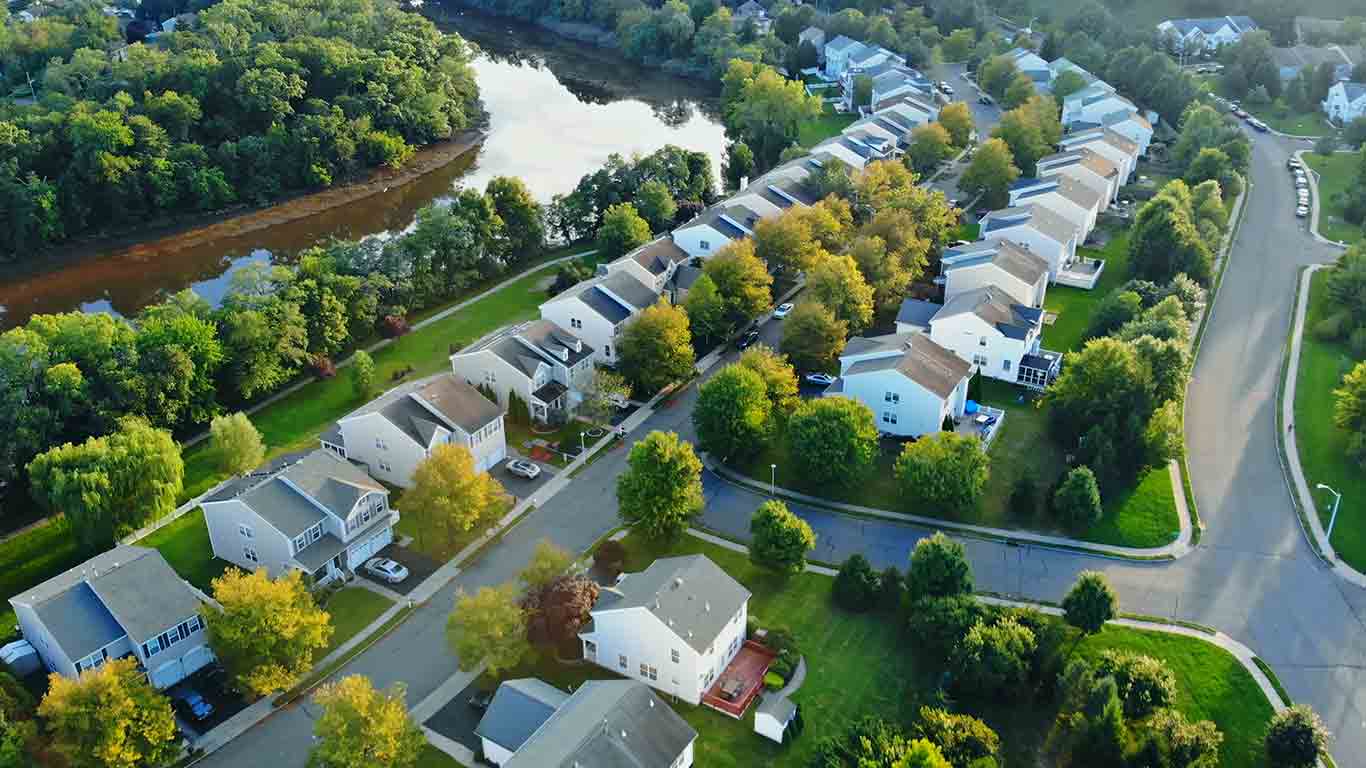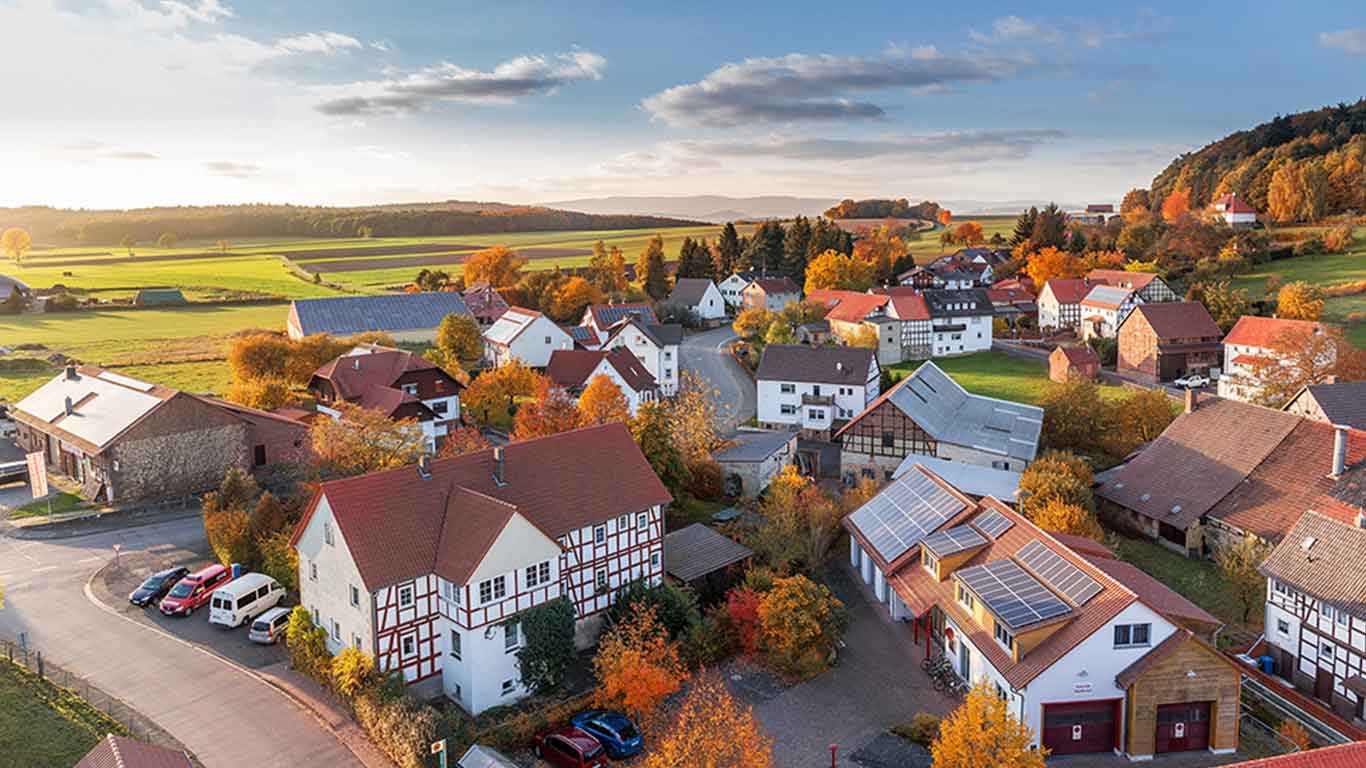Why Cities Need to Build Future-ready Hybrid Work-friendly Models
By homz | June 1, 2022
The US housing crisis remains one of the prevalent challenges of current times. While housing is one of the most critical needs for any human being, its inexplicable pricing and lack of diverse options remain a bane for ordinary citizens. As the US Census Bureau reports, in August 2021, the median sales price of new homes increased by 20.1% Y-O-Y, reaching US$ 390,000. As per the same source, the median price for the existing homes increased by 14.9%, reaching US$ 356,700 in August 2021.
Another essential aspect of this issue is that there is no lack of affordable housing, per se. Still, the quality and location of these units are not at par with what renters and buyers desire. While catering to different regulatory norms across the country, finding the right solution remains one of the most significant barriers for builders. However, the future is not that gloomy as long as we address these prevalent challenges in the housing market.
Here are some key challenges in building affordable housing
Challenges in the housing market are diverse and can vary as per specific county or state. This blog will focus on some of the most common barriers in building affordable housing.
-
Regulatory Challenges
-
Zoning Laws
-
Land Value Tax
Regulatory norms and guidelines vary with every state and province, making it even more challenging for builders to provide affordable housing solutions. These regulatory frameworks include subdivision regulations, private covenants, zoning rules, etc. Such legal barriers have become the major hurdle in developing affordable housing. Furthermore, real estate developers do not have ample legal tools to mitigate these challenges, rendering them incapable of providing an affordable housing community.
Federal and state authorities introduced zoning laws to prevent nuisances, i.e. separating industrial complexes from residential areas to avoid the impact of noise, smoke, and traffic. For instance, local zoning regulations prohibit building anything other than single-family detached houses. As a result, such laws create an insufficient supply of homes, eventually making the housing unaffordable and inaccessible. Furthermore, even where multifamily homes are allowed, specific zoning regulations like minimum lot sizes and caps on building heights limit affordable housing development. Building affordable housing would require a significant reform in the zoning laws.
While land value tax has its advantages, pure land value taxes that exempt structures altogether are rare in practice. For instance, if an owner is to build a parking lot in downtown LA or Boston, under property tax, the owner would have to pay more taxes if they build an apartment building in that place. However, under the land value tax, the owner can develop an apartment, office space, or even a parking lot, while facing the same tax. Hence, it is imperative to bring critical reforms in land value taxes.
Opportunities in Affordable Housing
While the challenges mentioned above remain prevalent, builders have lucrative opportunities to provide affordable housing units.
-
Financial Support
-
Building Wellness-centric homes
-
Using Existing Housing to provide affordable houses
Financial challenges are highly prevalent among both renters and builders. Renters face several financial barriers, especially those who have lower income brackets. To mitigate such barriers, assisting renters is an effective solution to improve their financial position and credit scores. These initiatives help them achieve homeownership. Furthermore, using rent payment data to determine creditworthiness can lower the cost of capital for renters.
A novel approach to tackle soaring housing prices is building wellness-centric homes. A wellness housing community is a sustainable community that primarily incorporates essential characteristics, significantly influencing human health and progress. Such communities include ample free space, an eco-friendly atmosphere, and necessary amenities that offer a safe and healthy lifestyle, endorsing a holistic lifestyle. Furthermore, these communities are developed in strategic locations, ensuring essential facilities like schools, hospitals, public transport, universities, museums, shopping centers, etc., are nearby. Such wellness-centric communities are effectively affordable, providing renters and homeowners much better choice of housing.
Another smart way to cater for the unmet demands of affordable housing is to utilize existing housing and land. Such housing solutions can easily accommodate students and working individuals, creating a comfortable and integrated community. Moreover, certain housing solutions focus on integrating students with senior citizens, which offers the benefit of companionship to older adults and friendly support to the students.
Final Thought
While there is a massive gap in the affordable housing market, it also provides a significant opportunity for builders to capitalize on it. It is also true that there has to be a remarkable overhaul in the regulatory framework on both federal and state levels. Homz, the first national housing company in the US, is building an affordable, wellness-centric community across the nation.
With a key emphasis on providing affordable housing solutions, Homz is determined to provide a standardized experience to its consumers. These housing projects will provide beautifully designed, affordable homes to people of all demographic and financial backgrounds. Moreover, these housing solutions are built at strategic locations so renters can access all essential amenities like public transport, local health facilities, schools, shopping centers, etc.


 info@homzglobal.com
info@homzglobal.com















